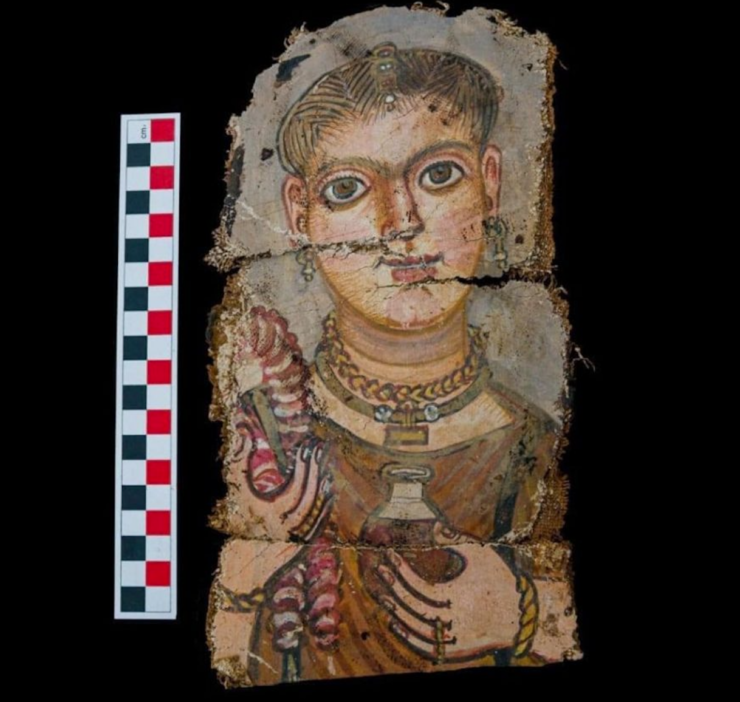The Egyptian government has revealed that researchers have discovered full-color pictures of mummies, the first such discovery in more than a century.
The two complete portraits of Egyptian mummies and pieces of others were unearthed by researchers at the Gerza excavation site in Fayoum, Egypt, making these works of art the first ones of their sort to be uncovered in more than 115 years.
The discoveries came from a dig site within the remains of Philadelphia, an ancient city that, according to the Austrian Archeological Institute, is located in the northeastern corner of Fayoum, some 75 miles southwest of the present-day capital of Cairo.
A funeral structure, documents written on papyrus, pottery, and coffins from the Ptolemaic period—which lasted from 305 B.C. to 30 B.C.—through the Roman era—which lasted from 30 B.C. to 390 A.D.—were also discovered by the team exploring the Gerza archaeological site near Fayoum.
According to the news of Insider, these discoveries offer unique insights into the social, economic, and religious circumstances of those who lived in Philadelphia, which was known as the “City of Brotherly Love” in ancient Greek, approximately 2000 years ago.
Some of the richest individuals who lived in these ancient villages are shown in the collection of paintings known as the Fayoum portraits. Over a 600-year span, Greeks and Egyptians lived in the Philadelphia community.
In an email to Artnet News, Basem Gehad, the project’s director for the Ancient Philadelphia Excavation, who oversaw the most recent excavation, stated: “No one really knows the context of these portraits. Now, we can know certainly where they came from, and find more.”
Archaeologists also discovered a unique clay figure of the goddess Isis Aphrodite within a wooden coffin in addition to these discoveries.
According to a statement from the Egyptian government, Pharaoh Ptolemy II Philadelphus (309–246 B.C.) founded Philadelphia as an agricultural settlement to help his empire gain additional food supplies.
According to the government, researchers have been working at the site since 2016.
